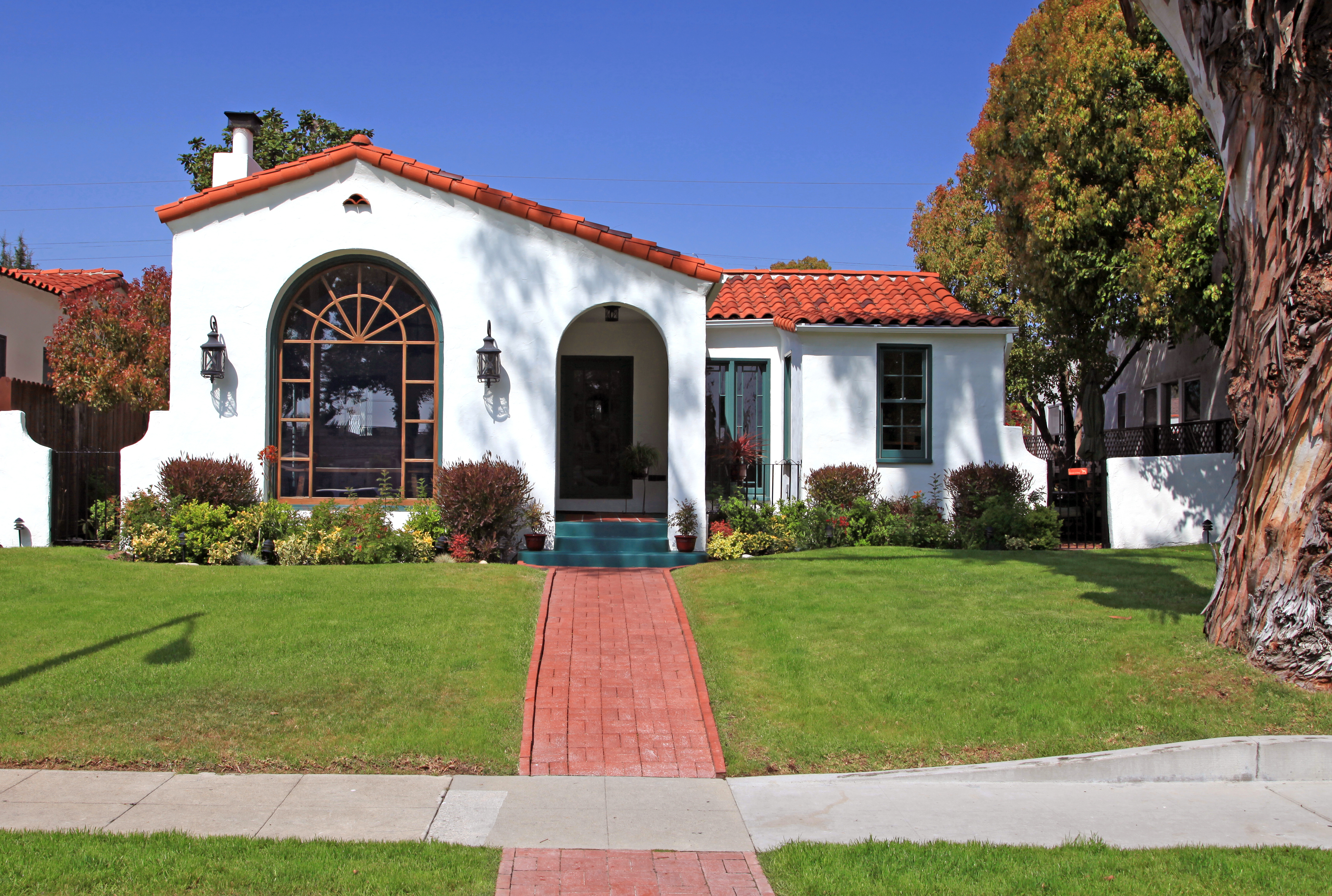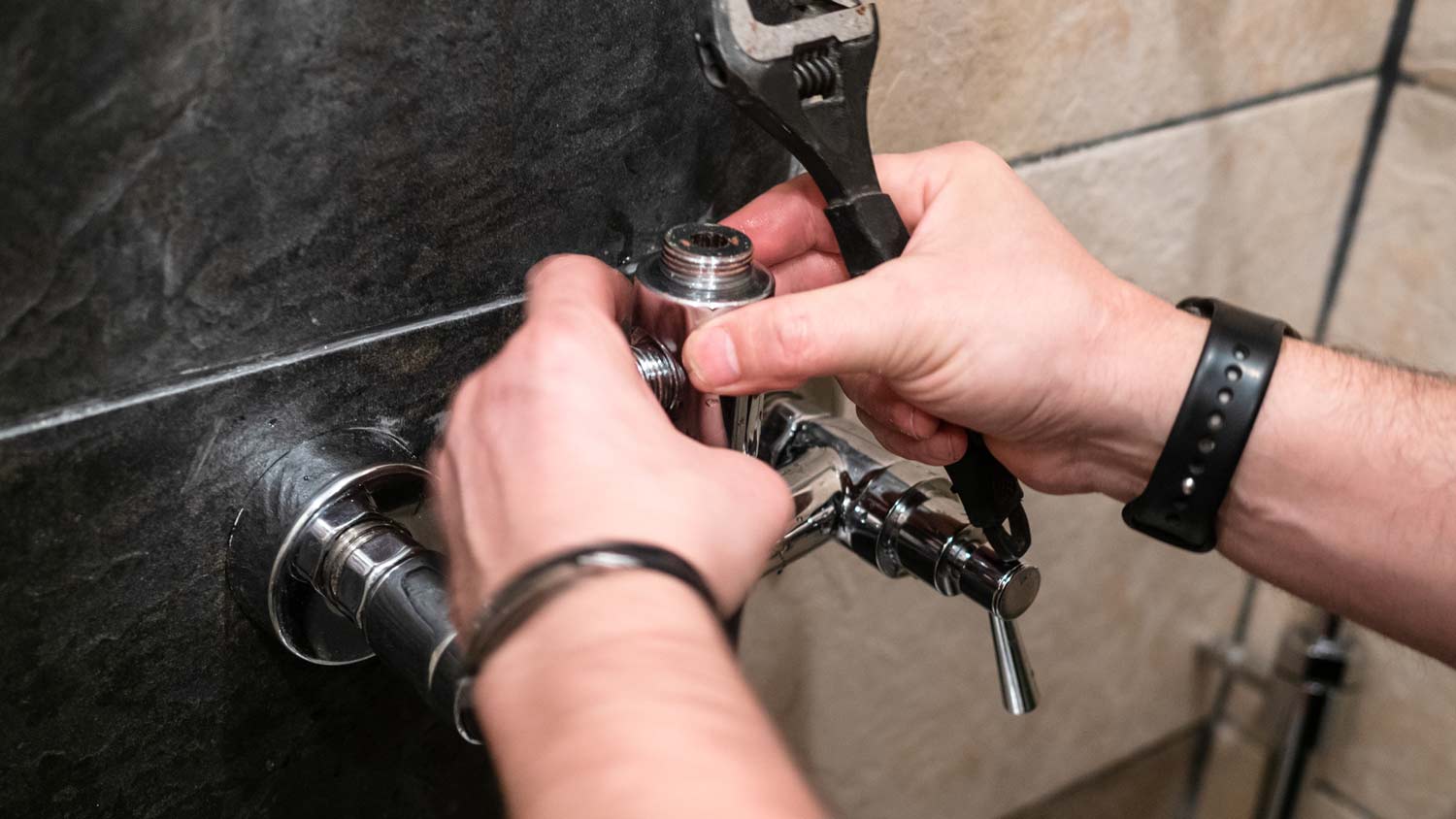
Replacing a water main in Los Angeles is expensive, but certainly not the nation’s highest—or even California’s. Living in the Hills or on the coast can affect the total cost.
This helpful shower valve guide will shower you with options


A good shower can help your bathroom feel like a spa retreat—unless the water comes out at the wrong temperature or pressure. Shower valves control how water flows and mixes in your showerhead, so they’re the key to comfort and function. Whether you’re upgrading your shower or replacing an old valve, understanding the different types of shower valves will help you make the best choice. This guide covers the six main types of shower valves: pressure-balancing, thermostatic, diverter, transfer, mixing, and digital valves.

A pressure-balancing valve, or anti-scald valve, helps maintain consistent water temperature by mixing hot and cold water based on pressure changes. If someone flushes a toilet while you’re in the shower, a pressure-balancing valve will help prevent that dreaded blast of cold or scalding water. These valves have a single handle to control both pressure and water flow, so they’re also simple to use.
| Pros | Cons |
|---|---|
| Prevents sudden water temperature changes caused by pressure changes | Only controls the ratio of hot to cold water |
| Affordable and easy to find | Less precise control over water temperature |
| Simple to install | Can wear out over time |
Best for: Budget-conscious homeowners or those living in older homes with inconsistent water pressure
A thermostatic shower valve maintains a set water temperature and adjusts the mix of hot and cold water even if the pressure changes. It features two controls—one for water temperature and one for water flow—giving you more precise control over your shower experience. If you like a consistent, spa-like shower, this is an ideal option.
| Pros | Cons |
|---|---|
| Keeps water temperature steady | More expensive than pressure-balancing valves |
| Precise control over flow and temperature | Complex installation may require a pro |
| Great for setups with multiple showerheads | Requires regular maintenance to prevent buildup |
Best for: Luxury showers and households that prefer precise temperature control
A shower diverter valve directs water flow between different shower components, like a showerhead and a bathtub spout. It’s found in combo bath-shower setups and allows you to easily switch between using the showerhead and the bathtub faucet with a simple turn or pull of the fixture handle.
| Pros | Cons |
|---|---|
| Ideal for shower and bathtub combos | Can develop leaks over time |
| Simple design needs minimal maintenance | Limited to two output options |
| Easy to install | Less precise temperature control than thermostatic valves |
Best for: Homes with tub-shower combos
A transfer valve functions similarly to a diverter valve but allows you to control multiple shower components at once—like a handheld sprayer and an overhead shower. Depending on your shower plumbing, some transfer valves allow you to use two outlets (like more than one showerhead) at the same time, giving you a more flexible and customized showering experience.
| Pros | Cons |
|---|---|
| Allows simultaneous use of multiple showerheads | More expensive than a diverter valve |
| More flexible control options | Complicated installation |
| Enhances luxury shower setups | Potential for reduced water pressure when using multiple outlets |
Best for: Custom shower setups with multiple showerheads
A mixing valve blends hot and cold water to deliver steady shower temperature. Older homes commonly have mixing valves that aren’t pressure sensitive, which can lead to sudden changes in temperature if someone uses water elsewhere in the house while another person is showering. Modern mixing valves are often combined with pressure-balancing or thermostatic features.
| Pros | Cons |
|---|---|
| Basic and affordable | Can cause sudden temperature changes |
| Easy to install | Lacks precise control |
| Simple operation | Less durable than other modern valve types |
Best for: Basic shower setups and budget-conscious upgrades
The newest and coolest member of the shower valve family, digital shower valves allow you to control water flow and temperature via a touchscreen, remote, or app. Some models allow you to program presets for different users, ensuring everyone gets their preferred shower experience. However, keep in mind that while shower valve replacement costs are relatively affordable, digital shower valves are much more costly to purchase, install, and maintain.
| Pros | Cons |
|---|---|
| Highly customizable | Expensive to install and maintain |
| Precise temperature and flow control | Requires a power source and Wi-Fi connection |
| Can integrate with smart home systems | Complex to troubleshoot and repair |
Best for: High-tech homes and homeowners looking for a fully customizable shower experience
The right shower valve can make your getting-ready routine a relaxing, refreshing experience. But if your current shower valve isn’t cutting it—like letting you get scalded or providing consistently weak shower pressure—it’s time to upgrade.
When buying a new shower valve for your bathroom, consider the following factors:
Water Pressure and Flow Rate: If your home has low water pressure, a pressure-balancing or mixing valve may work better than a transfer valve.
Number of Showerheads: A diverter or transfer valve is a must-have if you want multiple showerheads.
Temperature Control: If consistent temperature is a priority, invest in a thermostatic or digital valve.
Budget: Pressure-balancing and mixing valves are more affordable, while thermostatic and digital valves offer more features at a higher price.

Installing or replacing a shower valve yourself can be straightforward or complex, depending on the type of shower valve you choose. Here are some considerations for when to tackle the project yourself and when to call an expert:
Easy DIY: In most cases, pressure-balancing and mixing valves are simple enough for confident DIYers to install.
Pro Help Recommended: Thermostatic, diverter, and transfer valves require more precise installation, so hire a licensed plumber near you to do the job.
Leave It to the Pros: Digital valves involve electrical and plumbing work, so hire a pro to get it done right the first time.
When it comes to plumbing and electrical, hiring a licensed pro is the best option. If you’re at all unsure about tackling this project, hire a pro who can get the job done safely and correctly. DIY mistakes can lead to costly repairs and leaks.
From average costs to expert advice, get all the answers you need to get your job done.

Replacing a water main in Los Angeles is expensive, but certainly not the nation’s highest—or even California’s. Living in the Hills or on the coast can affect the total cost.

Discover what impacts main water line repair costs in Los Angeles, such as soil conditions and permits, so you can confidently plan your project.

How much does a plumber cost in Los Angeles? Learn what impacts plumbing costs in the City of Angels and how to hire the best plumber in LA for your project.

Understand how much water a toilet uses per flush and find ways to make your house more sustainable and efficient while lowering water bills.

Copper is prone to leaks from corrosion, particularly pinhole leaks. This guide will show you how to fix a copper pipe leak in seven different ways.

Finding frozen pipes involves using all of your senses to listen for, smell, and see the signs. Keep reading to learn how to find frozen pipes in your home.